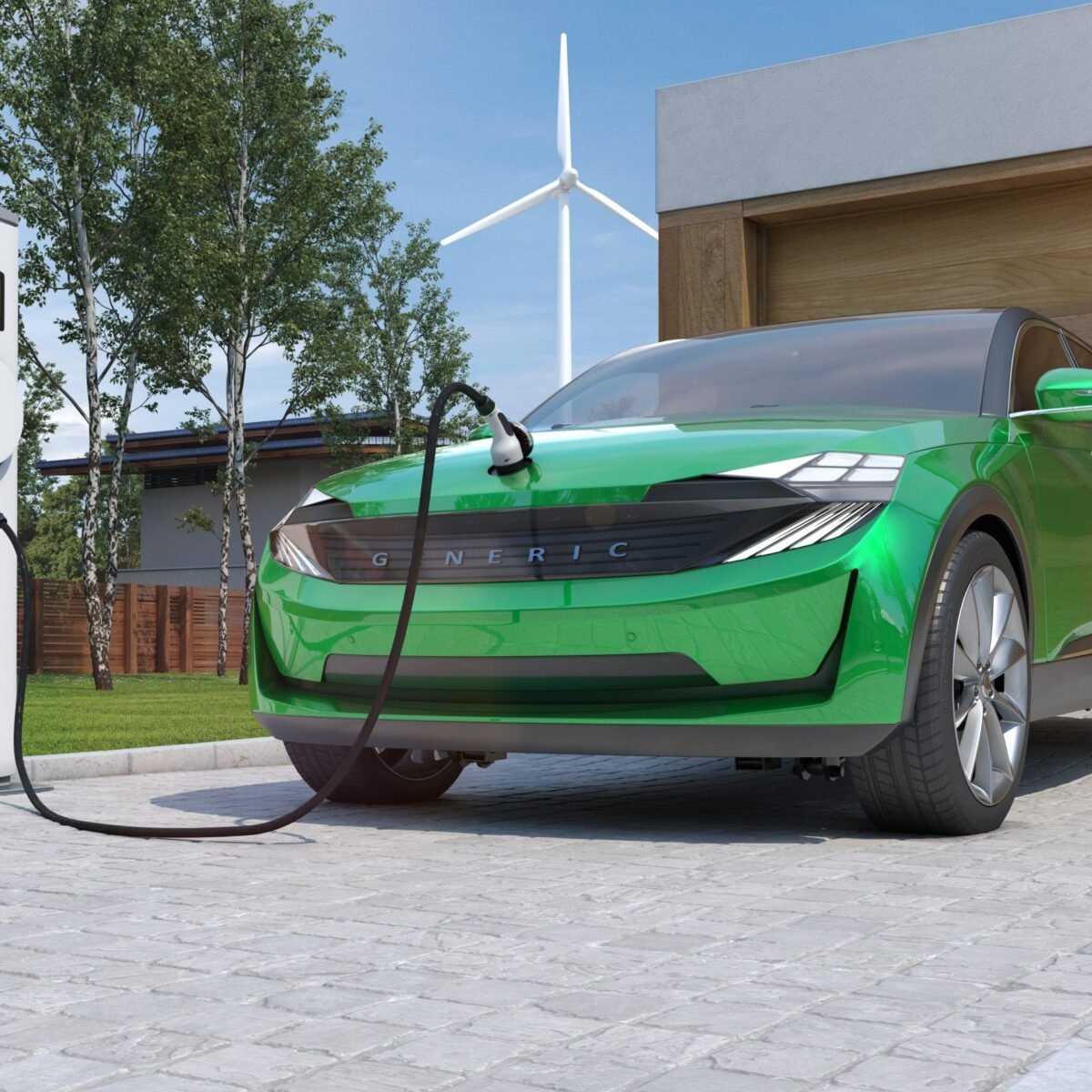The automotive industry in the United States is undergoing a historic transformation as electric vehicles (EVs) gain momentum. As of 2024, there are approximately 2.44 million registered EVs in the country, accounting for nearly 1% of all vehicles on the road. California leads this transition, with over 900,000 electric vehicles—around 2.5% of the state’s total vehicle count.
The growing popularity of EVs signals a shift away from gasoline-powered cars, driven by technological advancements, government incentives, and an increasing focus on sustainability. However, this revolution also presents challenges, particularly in infrastructure, affordability, and energy demands. Is the U.S. truly ready to embrace an all-electric future?
Why Are EVs Gaining Popularity?
Several factors are driving the rapid adoption of electric vehicles across the U.S.:
1. Expanding Model Availability
Automakers are ramping up their EV offerings, making electric cars more accessible to a wider range of consumers. The introduction of new models—spanning from budget-friendly options to luxury vehicles—has given buyers more choices.
Major brands like Ford, General Motors, Tesla, Volkswagen, and Hyundai are competing to release innovative models with longer driving ranges and faster charging times. For example, Volkswagen’s recent launch of an all-electric minivan, the ID. Buzz, is designed to appeal to families and road-trip enthusiasts.
2. Advancements in Charging Infrastructure
One of the biggest barriers to EV adoption has been range anxiety—the fear of running out of battery power before reaching a charging station. To combat this, charging networks across the U.S. are expanding rapidly. Companies like ChargePoint, Tesla, and Electrify America have helped push the number of public charging stations past 100,000.
Additionally, the rise of ultra-fast chargers that can recharge an EV in under 30 minutes is making electric cars more practical for long-distance travel. However, rural areas still face significant gaps in charging infrastructure, which remains a concern for potential buyers outside major metropolitan regions.
3. Government Incentives and Policies
Federal and state governments have introduced tax credits, rebates, and grants to encourage EV adoption. The Inflation Reduction Act has played a significant role in making EVs more affordable by providing incentives of up to $7,500 for eligible vehicles.
Additionally, some states have introduced programs that offer further discounts on EV purchases, as well as rebates for installing home charging stations. This financial support has made electric cars a more attractive option for many consumers.
4. Falling Battery Costs and Improved Technology
Battery technology is improving at a rapid pace, leading to longer driving ranges and shorter charging times. The average range of an EV has now surpassed 250 miles per charge, with some high-end models exceeding 400 miles.
At the same time, the cost of lithium-ion batteries—the most expensive component of an EV—has been steadily decreasing. As battery prices continue to drop, the overall cost of electric cars is expected to become more competitive with gasoline-powered vehicles.
Challenges Slowing EV Adoption
Despite the surge in interest and innovation, several obstacles still stand in the way of mass EV adoption in the U.S.:
1. Infrastructure Gaps
While charging station availability has improved, it remains unevenly distributed. Urban areas have seen significant growth in charging options, but rural regions still lag behind.
Installing high-speed chargers can be expensive, with costs often exceeding $100,000 per station. This financial burden makes it challenging for small businesses and local governments to invest in the necessary infrastructure.
2. Grid Reliability and Energy Demand
As more Americans transition to electric cars, the demand for electricity will increase significantly. The U.S. power grid will need major upgrades to handle the growing energy needs of millions of EVs.
Some experts warn that without proper planning, the grid could experience instability, especially during peak charging hours. Utilities and policymakers are working on solutions, such as time-of-use pricing and smart grid technology, to balance energy consumption more effectively.
3. Uncertainty in Government Policies
Political shifts and policy changes can create uncertainty for the EV market. Recently, the suspension of a $5 billion national program meant to expand charging infrastructure has left automakers and states uncertain about future developments.
Many industry leaders are urging the government to reinstate funding for EV infrastructure projects to ensure that investments continue without disruption. Stable, long-term policies will be crucial in maintaining momentum in the electric vehicle revolution.
4. Consumer Hesitation and Affordability Concerns
While interest in EVs is growing, some consumers remain hesitant due to concerns about cost, charging availability, and long-term reliability.
A recent survey found that while 38% of Americans would consider an EV for their next vehicle, over 50% expressed doubts about the country’s readiness to support widespread adoption. Despite falling battery prices, the upfront cost of many electric models remains higher than traditional gasoline-powered cars.
Potential Solutions and the Road Ahead
To overcome these challenges, the industry is focusing on several key solutions:
1. Advancing Charging Technology
Companies are working on faster and more efficient charging methods, including ultra-fast DC chargers and wireless charging technology. Inductive charging, which allows EVs to charge without plugging in, is being tested in some cities and could become a game-changer for convenience.
2. Smart Grid Integration and Renewable Energy
Innovative energy management strategies, such as vehicle-to-grid (V2G) technology, could help stabilize the power grid. With V2G, EVs can store excess energy and return it to the grid when needed, reducing strain during peak hours.
Additionally, integrating renewable energy sources like solar and wind power with EV charging stations will help make electric transportation more sustainable.
3. Expanding Public-Private Partnerships
Collaboration between government agencies, utility providers, and private companies is essential for building a robust EV ecosystem. Programs like the California Electric Vehicle Infrastructure Project (CALeVIP) have demonstrated how public-private partnerships can accelerate the expansion of charging networks.
4. Lowering Costs Through Innovation
As automakers continue to invest in research and development, EV production costs are expected to decline. New battery chemistries, such as solid-state batteries, could further reduce costs while improving energy efficiency.
Government incentives and subsidies will also play a role in making EVs more affordable for middle- and lower-income households.
The Future of EVs in the U.S.
Despite the challenges, the future of electric vehicles in the U.S. remains promising. The EV market, valued at around $49 billion in 2023, is projected to grow at a rate of over 15% annually, potentially reaching $215 billion by 2032.
Consumer demand, technological advancements, and regulatory support will determine how quickly the U.S. transitions to an all-electric future. With continued investment in infrastructure, energy solutions, and affordability, the country can pave the way for a more sustainable and electrified transportation system.
The EV revolution is already in motion—now, it’s up to policymakers, businesses, and consumers to ensure the U.S. is fully prepared for the road ahead.
More Updates : USA Glory.






